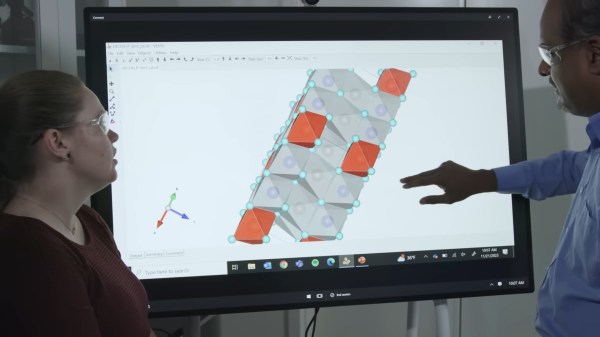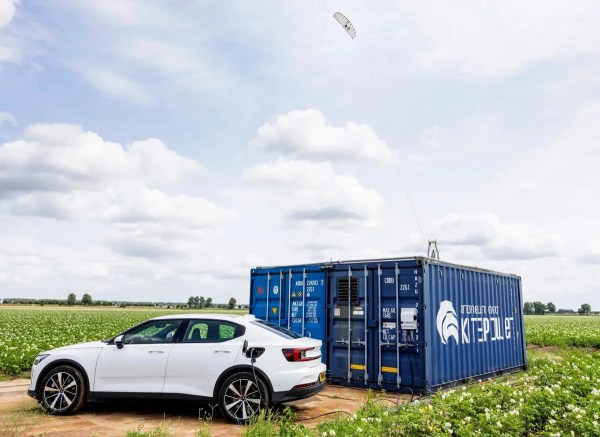There’s just something about miniature worlds — they’re just so relaxing to look at and ponder. Think you don’t have ample room for a model train layout at your place? You may not be thinking small enough. [Peter Waldraff] knows a thing or two about hiding train layouts inside of furniture (that’s one solution), but this time, he’s built a track in plain sight that’s meant to sit on the bookshelf. The whole thing is just 5.5″ x 12″.
This N-scale layout was three years in the making, mostly because [Peter] was waiting for just the right little powered chassis to come along. For the layout, [Peter] started by creating custom flexible track by removing pieces with a sharp knife. He glued down the track to pink foam and used nails to hold it in place while the glue dried. He also built a wood frame around the base to stabilize it and hold some of the electronic components, including a switch made from an old ballpoint pen.
Then it was time to start decorating the thing, beginning with a couple of buildings made from more pink foam that are both lit up with LEDs. Eventually, [Peter] added a bunch of details like streetlights, animals, and garbage cans that really make the layout pop. As far as the engine goes, [Peter] picked up a Tomytec TM-TR02 on eBay and built a trolley out of two broken cars. [Peter]’s build is something you just have to see for yourself — fortunately for you, the build and demo video is after the break.
Like we said, [Peter]’s usual territory is hiding train layouts in end tables and coffee tables and the like, so it’s nice to see what he can do given different constraints.
Continue reading “Is This The World’s Smallest N-Scale Train Layout?”

















